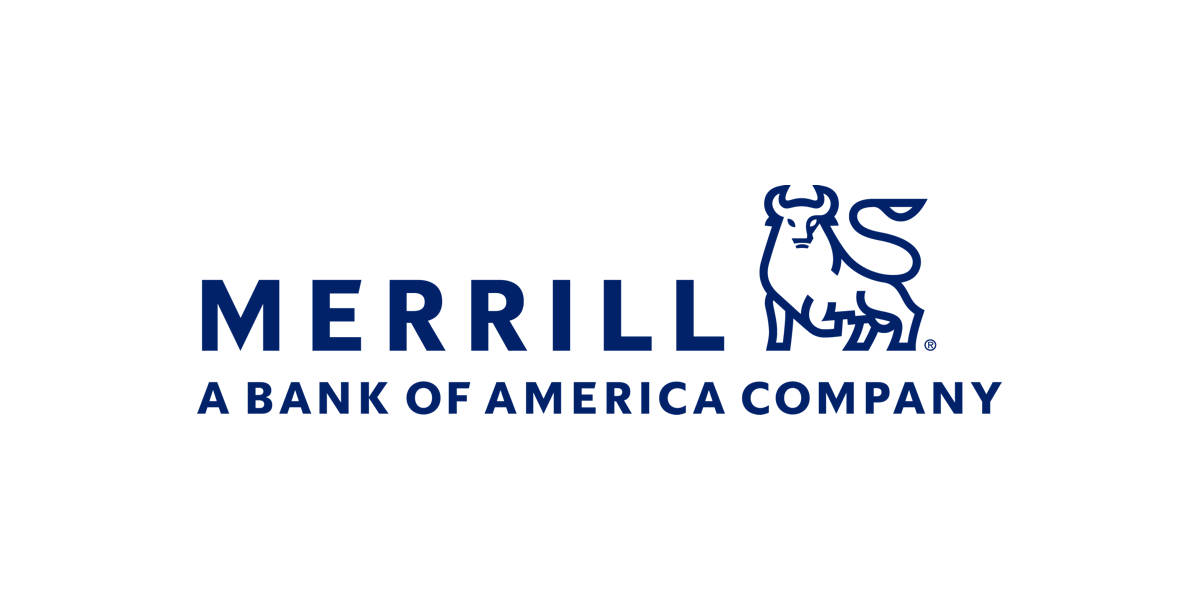“Amid all the hoopla over tariffs, discussion of big problems facing the U.S. economy have all but been drowned out. Over the past five years, the fiscal deficit has jumped to double its size compared to its historical range, propelled by government spending growth double the growth rate of the economy (Exhibit 1A). When debt grows twice as fast as the economy it’s just a matter of time until problems start to arise financing the government debt, as we’ve seen with the recent unusual behavior of the bond market as recession concerns have risen with tariff concerns. Big deficit spending has led to faster growth, higher inflation and higher interest rates in the U.S. compared to other developed economies. This has attracted capital inflows into the U.S., driven up the trade deficit and lifted the value of the dollar, which, not coincidently, has reached a level of overvaluation not seen since the time of the 1985 Plaza Accord, which saw the major economies undertake a successful effort to bring down the value of the dollar. In fact, the effort was so successful that the subsequent 1987 Louvre Accord was necessary to stop the dollar’s post-Plaza decline.”
Morten W. Langer



